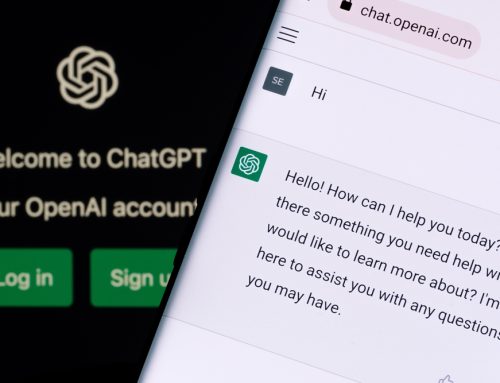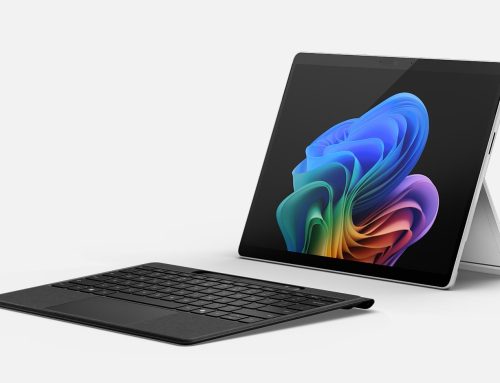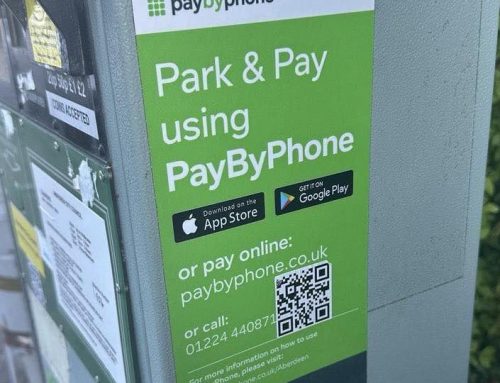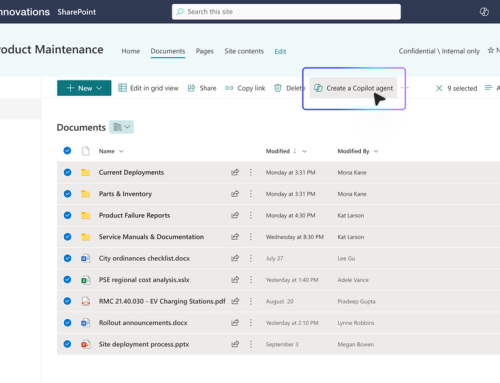Perhaps updating your software is the last thing on your to-do list at this time of year? There’s lots going on and the last thing you need is your current task interrupted while you wait for an update to download. What’s more, there are so many of those annoying notifications – telling you your software needs updating. So best just click ‘remind me later’ and get on with what you were doing.
Not so fast! Software updates are there for a reason. They contain important changes and improvements to performance, which have been developed since the previous version was released. This may simply mean the latest version runs more efficiently or contains new and improved features for you to enjoy. But there is also a serious side to updating software.
Why is updating software so important?
Cyber criminals love out-dated software. They have had time to work on finding flaws and holes in security and are waiting to pounce when someone is using out-dated versions of an application. Worse still, if you’re using an out-dated operating system you are vulnerable to ‘drive-by download’ – where a compromised website is used to collect your personal data.
The risk of data theft is something we should all take seriously, but for a business owner the consequences could be catastrophic. We have a duty to protect client data and information, with the very real possibility of being fined for failing to do so. What’s more, malware can not only steal data, but can be used to wipe documents, or hold them hostage until ‘ransom’ money is paid.
How do updates help?
While cyber criminals are looking for chinks in the armour, the good guys (the app security developers) have been busy finding and fixing any flaws. Updates therefore offer protection – helping you stay one step ahead of the bad guys. It is also worth noting that security weaknesses are often made public when the latest software version is released, meaning even greater vulnerability for those who haven’t updated.
Using the most updated version of your operating system also means you are more likely to be notified when a high-risk file or email is identified. This offers protection from ‘phishing’ – communication containing a link, which is again used to steal personal data.
How do you know which software to update?
You can manage this independently; by manually searching for updates, but this will be fairly time consuming. There is also a risk of receiving fake update notifications. This can happen when using an application, if you receive a request to sign back in (used to access your data). The best way to manage updates is to install a piece of software that will scan the computer system and notify the user when software is out-dated.
Software updates should be viewed as a positive thing. They usually only take a short time – and a fraction of the time it would take to rectify a security breach. Many updates are completed with no disruption whatsoever and will occur automatically if the system is set to allow this. This means you benefit immediately from the work developers are doing ‘behind the scenes’ to protect the end user.
To find out how Pro Drive can help protect you and your business, and offer advice on fighting cyber crime, get in touch at: https://prodriveit.co.uk/contact








